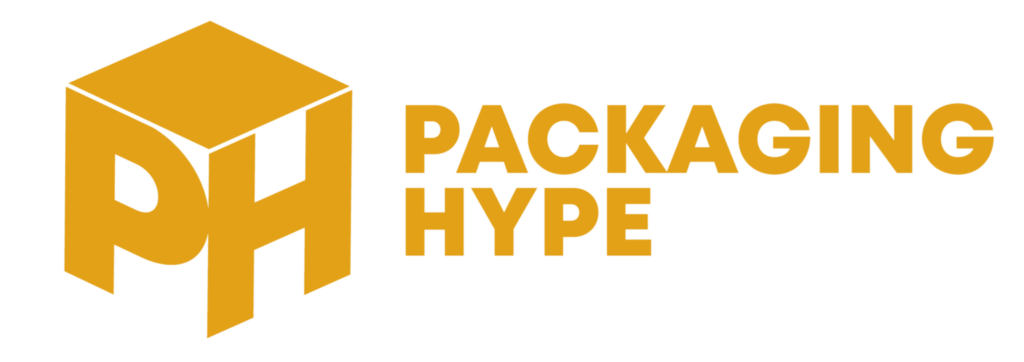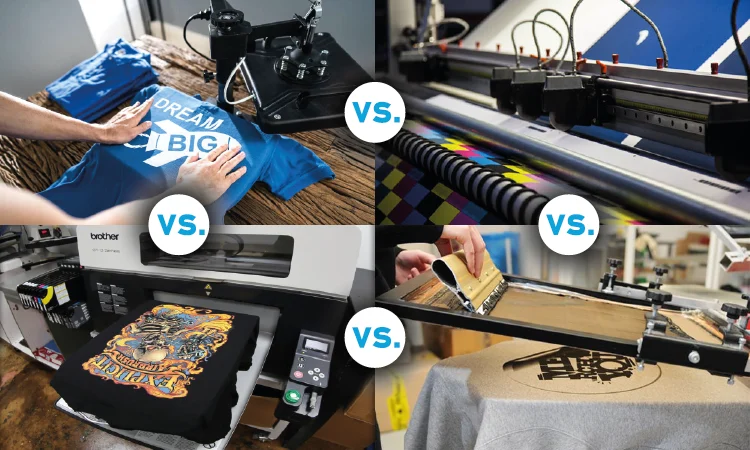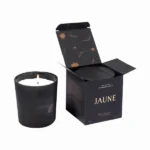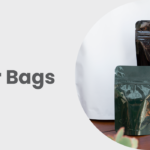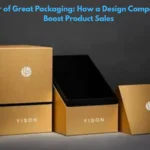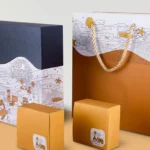In today’s competitive marketplace, businesses understand the importance of making a lasting impression on consumers. Custom printing techniques have emerged as a powerful tool for elevating packaging. By incorporating innovative printing methods, brands can create unique and eye-catching packaging that captivates customers and reinforces brand identity. This comprehensive blog post will explore various custom printing techniques used in the packaging industry, delving into their applications and advantages. From lithography and Flexography to 3D printing and UV printing, each method plays a crucial role in taking packaging to the next level.
Lithography for Packaging
Lithography, a traditional yet widely-used printing method, offers exceptional print quality and precision. With flat plates transferring images onto packaging materials, lithography is ideal for intricate designs and high-quality reproductions. This technique excels in food packaging, cosmetics, and luxury items, where aesthetics play a crucial role. However, due to setup costs, lithography may not be the most cost-effective solution for smaller print runs. Still, its ability to create stunning visuals and cater to various substrates makes it an essential tool for premium packaging designs.
Flexography: Versatile and Ink-friendly
Flexography has carved its niche in the packaging industry, especially for cardboard boxes, labels, and corrugated packaging. With various ink types, including water-based, solvent-based, and UV-curable inks, Flexography provides flexibility in printing on different materials. This technique shines in high-volume production, offering efficient and cost-effective packaging solutions for brands. However, lithography may be more achievable than intricate details and fine print. For brands looking to balance cost-efficiency with print quality, Flexography is an excellent choice for everyday packaging needs.
Digital Printing: The Personalization Revolution
Digital printing has revolutionized the packaging landscape by offering unparalleled personalization and quick turnaround times. Unlike traditional methods, digital printing does not require plates, making it ideal for shorter print runs and variable data printing. Brands can customize each package with individualized messages or graphics, creating a deeper connection with consumers. Although digital printing may not match the same print quality as lithography, its ability to cater to smaller orders and offer rapid prototyping makes it an invaluable asset for brand marketing and limited-edition releases.
Printing: The Future of Packaging Design
With the advent of 3D printing, packaging design has transcended traditional boundaries. This cutting-edge technique allows brands to create custom shapes and unique packaging structures that were previously unimaginable. 3D printing is instrumental in creating prototype packaging for market testing and luxury products seeking to develop an exclusive unboxing experience. While 3D printing is unsuitable for mass production due to slower speeds, its ability to add depth, complexity, and innovation to packaging designs makes it an essential tool for brands looking to make a statement.
The Art of Foil Printing and Embossing
For brands aiming to create a sense of luxury and elegance, foil printing and embossing techniques are the go-to choices. Foil stamping uses metallic finishes to add a touch of luxury, making it famous for cosmetics, perfume, and high-end product packaging. Embossing, on the other hand, creates raised 3D designs, adding texture and sophistication. Both techniques are instrumental in captivating consumers and elevating brand perception, especially in luxury packaging.
Advantages of UV Printing
UV printing has gained prominence for its eco-friendliness and quick curing process. UV-curable inks produce vibrant colors and excellent print quality, making packaging designs visually appealing. UV printing emits lower VOCs, aligning with the packaging industry’s commitment to sustainability. Brands can create eye-catching packaging with reduced environmental impact, enhancing their eco-friendly image and attracting environmentally-conscious consumers.
Conclusion
Custom printing techniques have undeniably transformed the packaging industry, offering diverse solutions to suit every brand’s unique needs. From the intricate designs of lithography to the versatility of Flexography, the personalization of digital printing, the innovation of 3D printing, and the luxury of foil printing and embossing, each technique plays a vital role in taking packaging to the next level. By carefully selecting the proper printing method, brands can create packaging that stands out on the shelves and resonates with consumers deeper, leaving a lasting impression that fosters brand loyalty and success.
